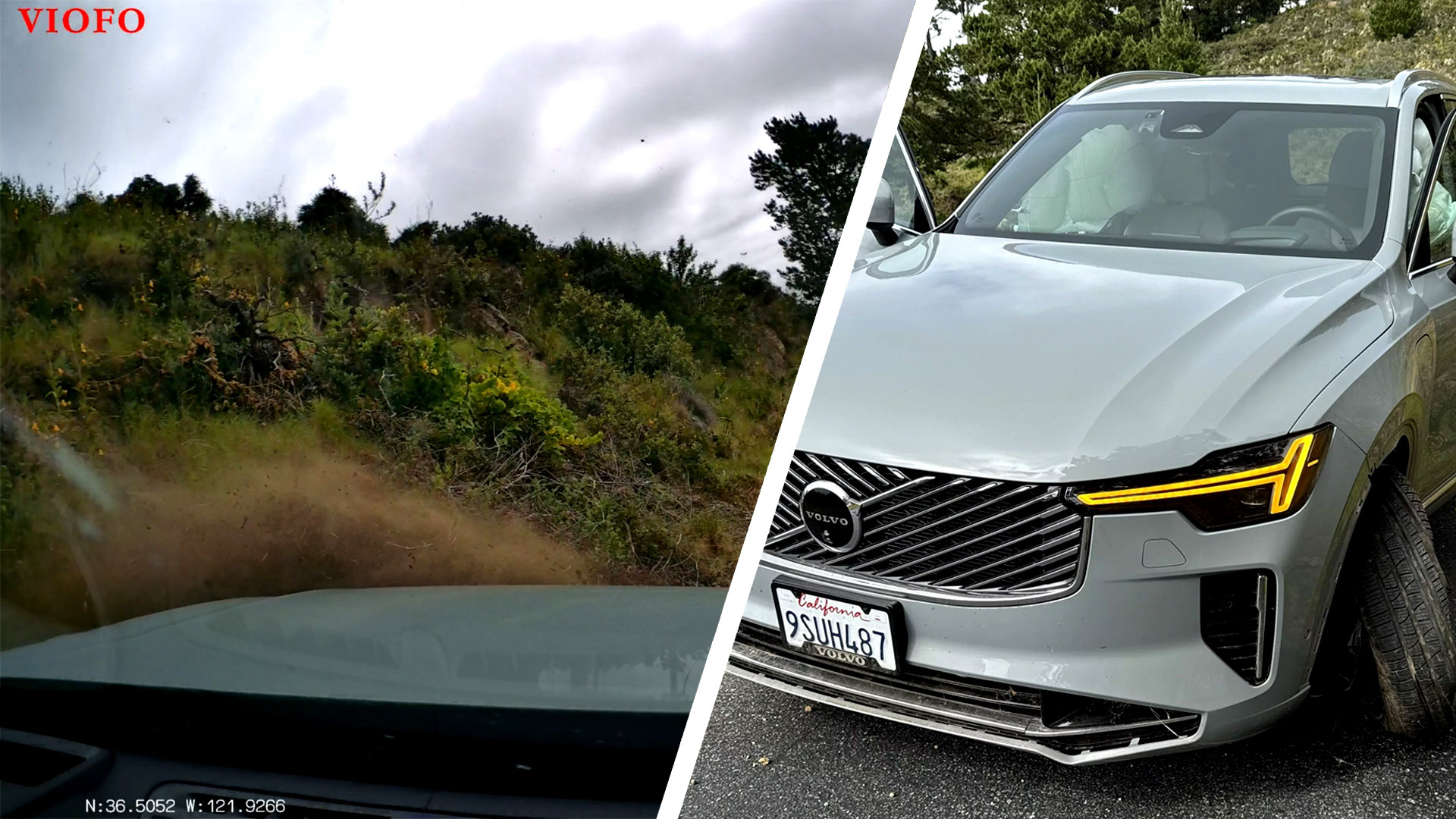
Exclusive: My Volvo Brakes Failed After Software Update, Resulting in a Crash
Volvo XC90 Plug-In Hybrid Owners Face Brake Failure Crisis Amid Recall
A recent incident involving a nearly new Volvo XC90 plug-in hybrid (PHEV) has brought to light a serious software flaw, prompting widespread concern among owners and leading to a recall affecting nearly 12,000 vehicles. The alarming event occurred on a steep mountain road in California, where a driver experienced complete brake failure while descending a narrow roadway with a dangerous drop-off on one side.
What Happened?
The affected vehicle, a two-month-old Volvo XC90 Recharge, was driven by Max (a pseudonym used for privacy), who had just received a software update at an authorized dealership. While navigating Carmel Highlands’ Corona Road using B-mode, the driver suddenly lost all braking power despite applying the service brake continuously. With no deceleration and increasing speed, Max was forced to steer off the road into a hillside to avoid plunging over the cliff’s edge.
Footage from the car’s dashcam and onboard data recorder captured the harrowing sequence. At approximately 1 minute and 40 seconds into the descent, the vehicle began accelerating without throttle input. Despite active brake application, the car continued gaining speed until impact. The crash resulted in airbag deployment, significant damage to the front driver’s side wheel, tire, suspension, and undercarriage, and left the occupants shaken.
Volvo’s Response and Warranty Repairs
Following the incident, Volvo confirmed that the issue fell within the scope of a recent recall affecting several plug-in hybrid and electric models, including the S60, V60, S90, XC60, XC90, XC40, EX40, EC40, and C40 from the 2020 to 2026 model years. According to Volvo, the fault involves loss of braking power after at least 1 minute and 30 seconds of coasting downhill in B-mode or one-pedal driving without brake pedal use.
Volvo stated:
“Safety is a top priority for Volvo Cars, and we are treating this incident seriously… We provided a software fix for this issue earlier in June and ask all owners with impacted vehicles to download the latest over-the-air update or take their vehicle to their nearest authorized Volvo Cars retailer to correct the issue.”
Repairs were completed under warranty by June 27, including installation of the updated software. However, the driver expressed dissatisfaction with the automaker’s response, noting that the company failed to acknowledge the severity of the situation or express regret for the near-fatal incident.
Technical Details Behind the Malfunction
The problematic software version involved was 3.5.14, which Volvo had previously warned drivers about. Initially, the manufacturer cited a specific trigger: brake failure occurring after 1 minute and 40 seconds of continuous downhill coasting in B-mode or one-pedal driving. This threshold was later revised to 1 minute and 30 seconds, raising questions about how the issue was identified and communicated.
Forensic analysis of the onboard data supported the driver’s account. An accident reconstruction expert reviewed the footage and concluded that the brakes were non-responsive during the descent, with increased speed despite brake application.
Unanswered Questions Remain
Despite Volvo’s cooperation during the investigation, several key issues remain unresolved:
* No official timeline has been released detailing how Volvo became aware of the problem.
* The exact mechanism behind the software malfunction in version 3.5.14 remains unclear.
* The change in the triggering condition—from 1 minute 40 seconds to 1 minute 30 seconds—has not been fully explained.
Recommendations for Affected Owners
Owners of recalled vehicles must ensure they have received the latest software update beyond version 3.5.14 or avoid using B-mode and one-pedal driving altogether. Given the life-threatening nature of the defect, vigilance is crucial.
In summary, this incident underscores the growing complexities of automotive software systems and the potential dangers when flaws go undetected. For now, affected drivers are urged to act swiftly to prevent similar occurrences—because in this case, the difference between a safe journey and a tragic accident came down to just a few seconds of coasting downhill.